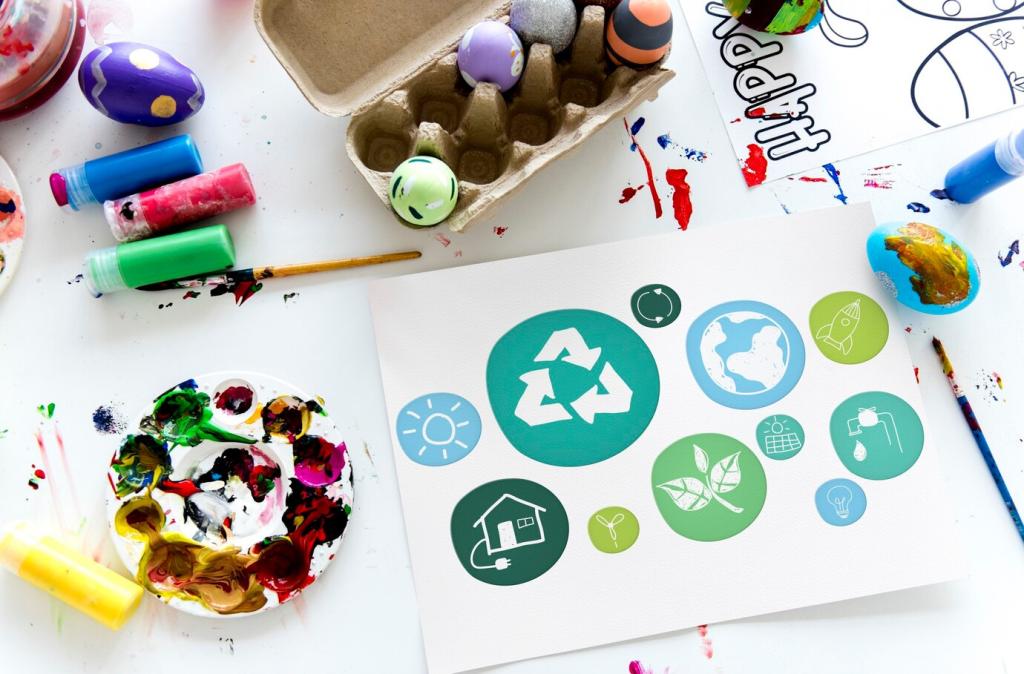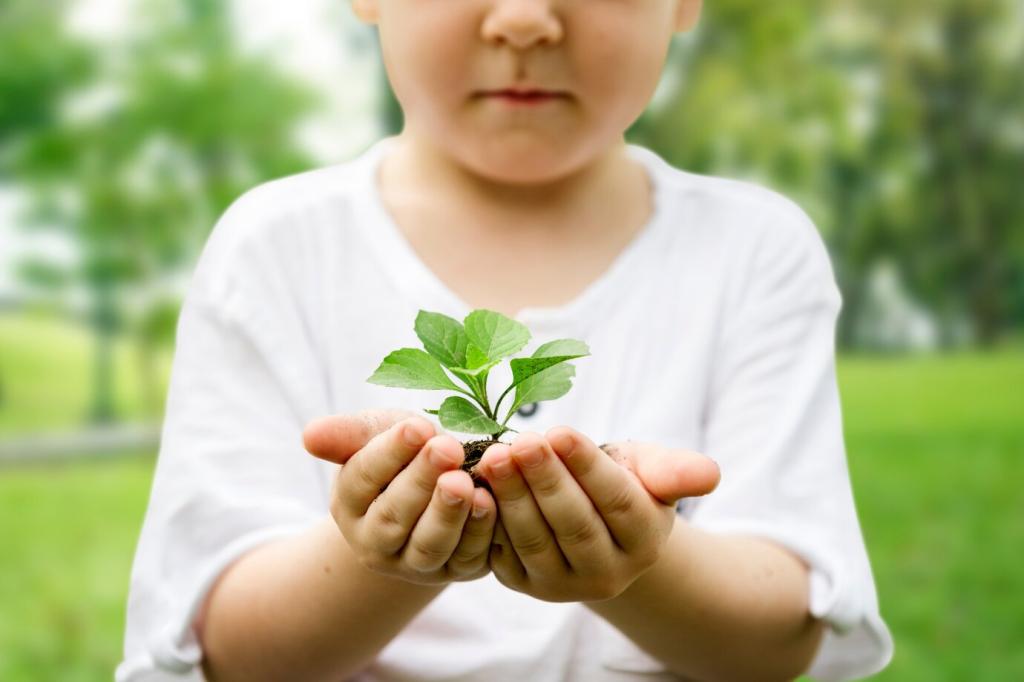Tools and Platforms for Eco-Friendly Learning
Solar carts and shared device pools can dramatically cut charging costs and waste. Rotating checkouts reduce underused hardware, while careful maintenance extends lifespan. Ask students to design a charging schedule, then report battery health improvements. Have you tried solar on your campus? Tell us.
Tools and Platforms for Eco-Friendly Learning
Prefer platforms that load fast, compress media, and rely on renewable-powered infrastructure. Lightweight learning tools save bandwidth, lower cloud compute demands, and widen access. Encourage learners to test page weights, measure performance gains, and recommend greener alternatives. Share your favorite efficient apps below.



